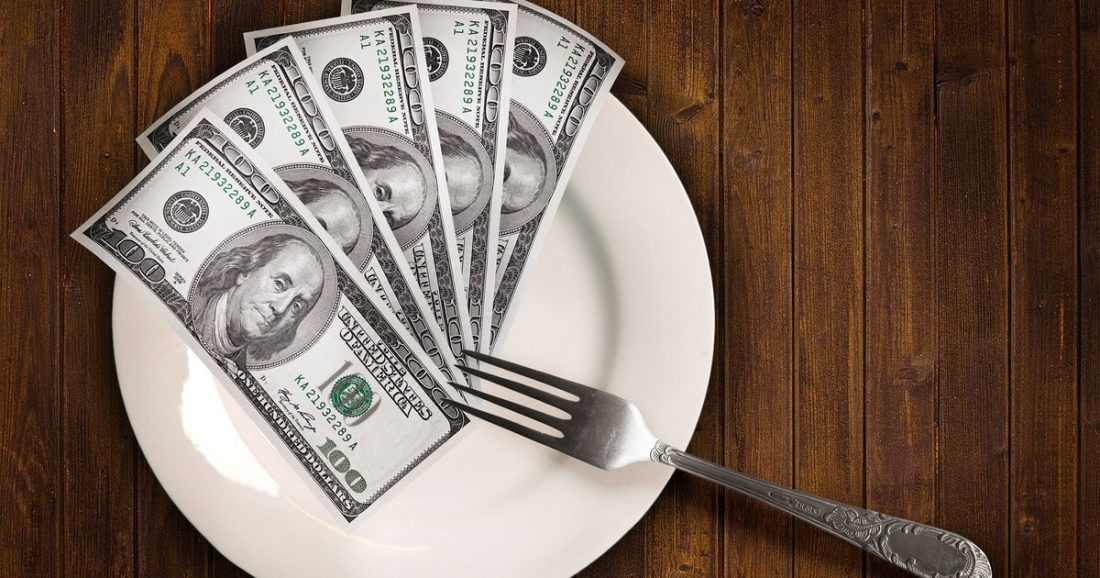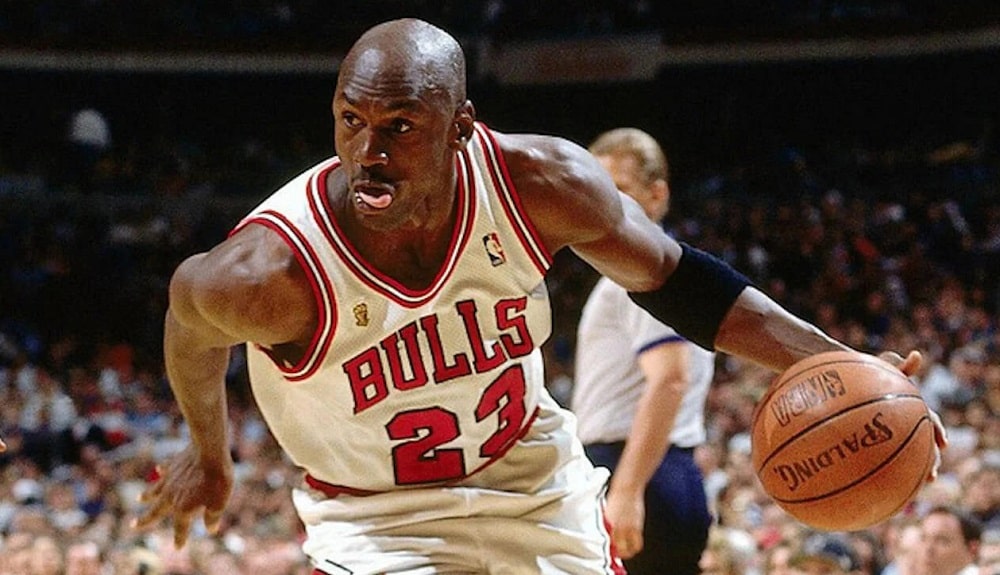Bookmaker’s forks

A bookmaker’s fork is considered to be one strategy that has all the possibilities of staying in the winnings, regardless of the outcome of the event. A bookmaker’s fork is also known as an arbitrage situation, where bets are placed on all possible outcomes of an event.
This method of beating the bookmakers is considered to be a win-win strategy that allows you to profit without risking anything.
The win-win situation is due to the fact that different bookmakers estimate and predict sporting events differently. Because of this, the payout odds at different betting shops may differ and on this difference experienced players can secure win-win situations.
Of course, bookmakers try to keep an eye on these differences and adjust their odds, but they do not always succeed because there are so many online bookmakers today.
What do I need to use a bookmaker’s fork?
The first thing a player who wants to make money from an arbitrage system needs is knowledge of the operation of several bookmakers’ offices. The rules of the betting offices are a particularly important point, so it is always necessary to know the rules and conditions before making a bet. As bookmaker’s fork requires betting in different betting shops, the player has a need to be registered in as many bookmaker’s shops as possible.
An elementary example of a bookmaker’s fork
Let’s consider an example of a bookmaker’s fork, which allows you to better understand how this strategy works. Suppose we have a tennis match where player 1 and player 2 play. At bookmaker’s office A, where the payout ratio is 2.75, we bet on player 1. At player 2, we bet at bookmaker B, which offers odds of 1.7. Making, for example, a bet of $200 on player 1 and $330 on player 2. The total bet amount in this case is $530.
If player 1 wins, we will get $200 x $2.75=$550, which exceeds the total bet made. In case player 2 wins, we get $333 x 1.7= $561, which also exceeds the total bet made. Thus, in the first case we net $20, and in the second case we net $31. The bet on player 2 is always slightly higher, if there is an assumption that the player is expected to win.
Of course, in many other situations, things may not be as smooth, but if you gain the necessary experience and knowledge, you can make forks a reliable source of stable income.

How do I find and use forks?
When it comes to this kind of situation, it is worth considering events that have two or three outcomes. Finding bookmaker’s forks is not difficult in principle. It is best to look for two- or three-way points, although other variations are also possible. In the case of a three-way wag, where in addition to a win for one or the other contestant there is also the possibility of a draw, a third bookmaker with suitable odds for a draw should be added. To define a situation as a fork, use the following formula: B = 1/K1 + 1/K2<1, where K1,K2 are odds for winning the first and second contestants and B is the size of the fork.
While identifying the fork is not difficult, the process of searching for arbitrage situations is a little more complicated. It is possible to search manually, but you will have to work through a lot of betting lines and all possible bookmakers’ offices. This approach is quite time consuming. It requires a lot of time and attention to find the right odds.
Software search
Today, thanks to online services and highly advanced machines, the search for bookmaker’s wagers can be entrusted to specially designed programs that save you from having to dig through huge lines at several online bookmakers’ offices yourself.
There are now quite a few online services or programmes available to help you find the bookmaker’s forks. Many of these services are not always free. Naturally, you should only trust resources and sources that have been tested and trusted.
One of the best known and most powerful programs is a service called “Search forks”. Here you can get excellent results on many bookmakers.
Calculation formulas
Once a fork has been found, you need to calculate the betting on the bookmaker’s fork. You have to do it in such a way, so that you stay with the profit, whatever the outcome of the event. When it comes to an event with two possible outcomes, the following formula applies: P1 = K2/(K1+K2)*S. K1,K2 are the available odds, P1 is the betting amount on the first odds. C is the total amount to bet. P2 = K1/(K1+K2)*C, where: P2 is the size of the bet on the second odds.
Formula for calculation of bet size for events with three possible outcomes will be as follows:
P1 = 1/K1/B=%, P2 = 1/K2/B=% , P3 = 1/K3/B=%, where K1,K2,K3 are the odds, B is the size of the fork (the first formula for calculating the search forks), % is the percentage of the total bank to bet on each outcome.
Pros and cons
The main advantage of using bookmaker’s forks is 100% profit, however small. This basis is the most significant, and therefore forks are worth seeking out and using.
There may be a bit more negatives when using this strategy, but they can be learned to overcome by gaining the right experience and knowledge. The main disadvantage of using forks is the difficulty of finding them. Using programmes and online services is not a bad option, but in most cases they are not free.
The second disadvantage is that profits from forks are often a small percentage of the total bankroll. In order to make a significant profit from the game, one has to play with a substantial bankroll and wager larger amounts. Thirdly, fork requires registration in several offices and when using small amounts a lot of money may be spent on transfer fees.






